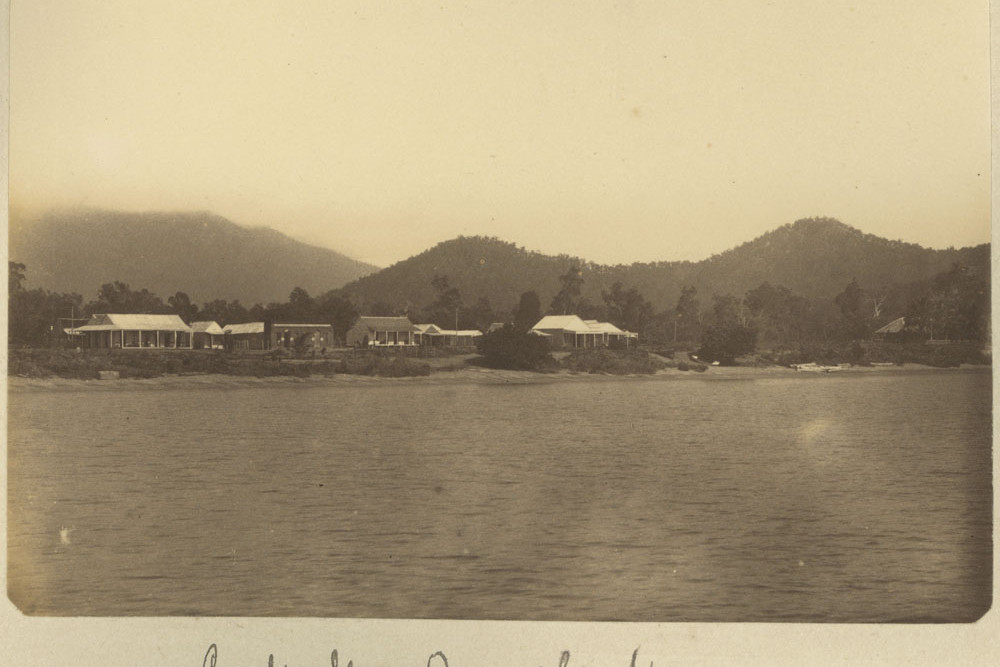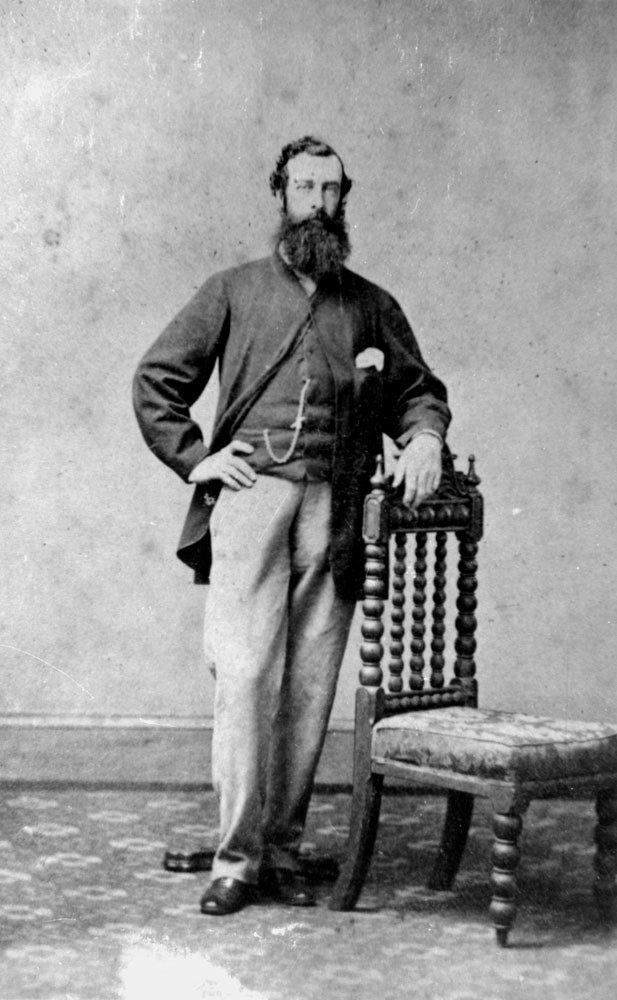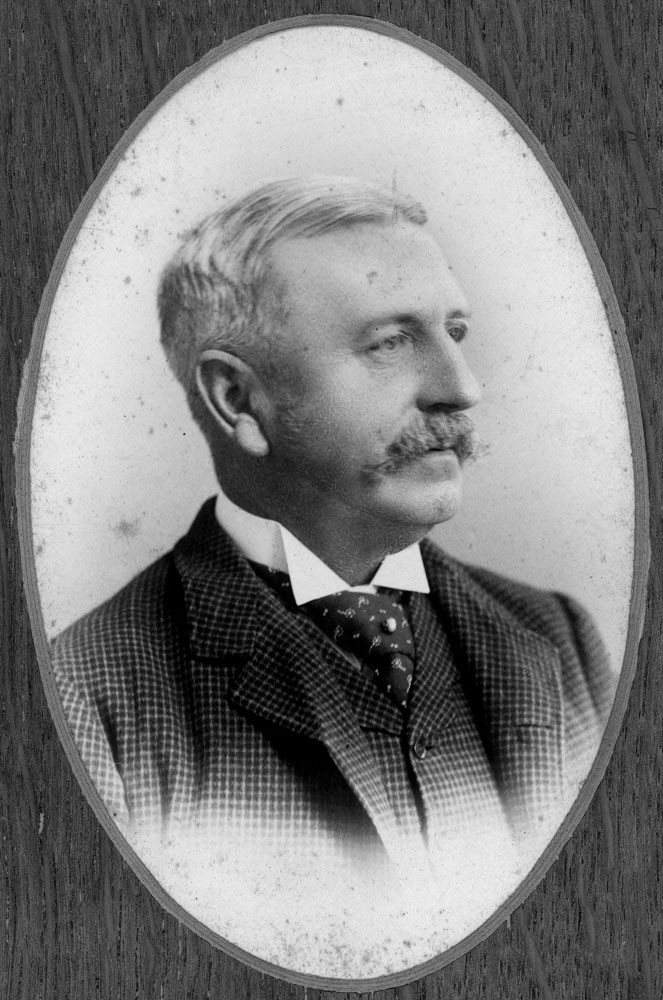Community
23 November, 2022
A vision splendid – Cardwell
THE expedition notes penned by Mr. George Elphinstone Dalrymple, painted a vision splendid of his imagined town and harbour at Rockingham Bay:

“ … in future years, when the forests shall have fallen, and churches, public buildings, streets, warehouses, & c., spread far along the gleaming shore and back to the base of the mountains, and the taper spars and black hulls of a merchant fleet give life to the now lonely water of the harbour, Australia will hold nothing more beautiful than the city of Cardwell and its port”. Brisbane, August 1, 1864.
Dalrymple was part of a group of pioneers who came to explore and settle the area. With him was the Commissioner for Crown Lands, William Alcock Tully; Lieutenant Marlow of the Queensland Native Police with three Indigenous troopers; an Austrian baron turned squatter, P. Selheim; botanists, John Dallachy and Dr. Mueller; hotelkeeper, J. Morrisey; storekeeper, T. F. Milne; carpenter, Willhelm Peters; market gardener, Muller; interpreter, James Morill; Scotsman, George M. Farquharson; and bushmen, Walter Butler, C. Kerr and R. Ewert.

They had sailed from Port Denison on January 15, 1864, aboard a small schooner, “Policeman” with a small cutter, “Heather Bell” in tow. Aboard were the 20 settlers along with 10 horses, 12 sheep, 2 goats, numerous fowls and dogs plus equipment.
By November the settlement began to resemble a township. A commodious Court House had been built, a few weatherboard cottages had also been erected, and a large handsome residence was in the course of being constructed for the Police Magistrate.
Importantly, the settlers were finding sustenance. A milkman and baker had established themselves in the town, and there had been an attempt at fishing with mullet and other fish successfully obtained. Morrisey’s Royal Hotel had become the centre for town meetings and for quenching the townsfolk’s thirst.

The settlers were also grateful for the sea breeze which provided some relief from the oppressive heat from 11am until sunset each day.
On February 16, 1865, it was announced the first sale of Crown Lands would be held on March 22. The “Rockhampton Bulletin” welcomed the move to hold the auction onsite as it would favour “bona fide settlers” rather than “greedy speculators”.
The “Maryborough Chronicle” reported in 1873, that “Mr. G. E. Dalrymple and other Government explorers have lately reported large tracts of land expressly suited for sugar-growing on the Pioneer and other northern rivers, which are merely awaiting skills, industry, energy, and capital to become productive seats of industry”.

Dalrymple had been on an expedition of the north-east coast from Cardwell to the Endeavour River inspecting the Johnstone, Mossman and Daintree Rivers. It was on that trip that he became very ill and was subsequently granted leave of absence to recover in England. Dalrymple never returned to Cardwell having died in England on January 22, 1876.
Sources: TROVE, State Library of Queensland (SLQ), State Library of NSW (SLNSW), “Cardwell Shire Story” by M. K. Jones (1962).


